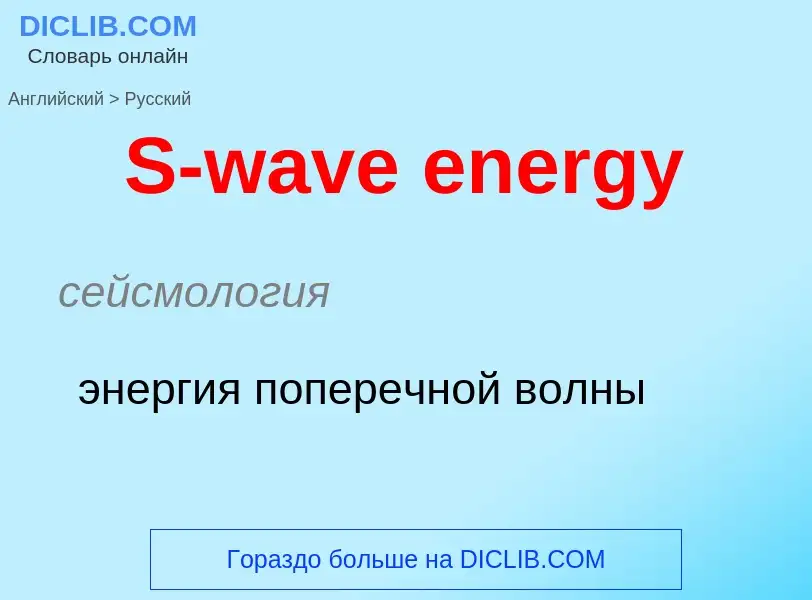ترجمة وتحليل الكلمات بواسطة الذكاء الاصطناعي
في هذه الصفحة يمكنك الحصول على تحليل مفصل لكلمة أو عبارة باستخدام أفضل تقنيات الذكاء الاصطناعي المتوفرة اليوم:
- كيف يتم استخدام الكلمة في اللغة
- تردد الكلمة
- ما إذا كانت الكلمة تستخدم في كثير من الأحيان في اللغة المنطوقة أو المكتوبة
- خيارات الترجمة إلى الروسية أو الإسبانية، على التوالي
- أمثلة على استخدام الكلمة (عدة عبارات مع الترجمة)
- أصل الكلمة
S-wave energy - ترجمة إلى الروسية
сейсмология
энергия поперечной волны
нефтегазовая промышленность
энергия волны
['weivpauə]
общая лексика
использование энергии морских волн
волноэнергетика
تعريف
ويكيبيديا
Wave power is the capture of energy of wind waves to do useful work – for example, electricity generation, water desalination, or pumping water. A machine that exploits wave power is a wave energy converter (WEC).
Waves are generated by wind passing over the sea's surface. As long as the waves propagate slower than the wind speed just above, energy is transferred from the wind to the waves. Air pressure differences between the windward and leeward sides of a wave crest and surface friction from the wind cause shear stress and wave growth.
Wave power is distinct from tidal power, which captures the energy of the current caused by the gravitational pull of the Sun and Moon. Other forces can create currents, including breaking waves, wind, the Coriolis effect, cabbeling, and temperature and salinity differences.
As of 2022, wave power is not widely employed for commercial applications, after a long series of trial projects. Attempts to use this energy began in 1890 or earlier, mainly due to its high power density.
In 2000 the world's first commercial wave power device, the Islay LIMPET was installed on the coast of Islay in Scotland and connected to the UK national grid. In 2008, the first experimental multi-generator wave farm was opened in Portugal at the Aguçadoura wave park. Both projects have since ended.
Wave energy converters can be classified based on their working principle as either:
- oscillating water columns (with air turbine)
- oscillating bodies (with hydroelectric motor, hydraulic turbine, linear electrical generator)
- overtopping devices (with low-head hydraulic turbine)





